Salzburg Residenz, a Baroque palace located at Domplatz and Residenzplatz in the old part of the city has, throughout the centuries, been the residence of the Archbishops of Salzburg (who used the palace to present and represent their political status) as well as a place of public gatherings and state affairs, all taking place in a setting that reflected power and grandeur.
Along with Salzburg Cathedral and St. Peter’s Abbey, the Salzburg Residenz is one of the three buildings which provide the backdrop for the Dom Quartier (opened in 2014). The Residenz Palace is also, alongside with the Hohensalzburg Fortress and the Salzburger Dom, probably the most important historic building of Salzburg.
Check out “Salzburg Cathedral,” “Hohensalzburg Fortress“ and “St. Peter’s Cemetery“
Today, the Salzburg Residenz, one of the most impressive attractions in the city, houses the Residenzgalerie (visited separately from the palace), a museum intended to replace the art collection of the prince-archbishops, which had been lost during the Napoleonic wars in the early nineteenth century. Intended to support a planned academy of art, as well as promote tourism, it houses paintings from the sixteenth to the eighteenth century, and Austrian paintings from the nineteenth century.
The so-called Tuscany Wing (Toskanatrakt), in the north, is used by the School of Law and the law faculty of Paris Lodron University of Salzburg. The palace is also used during the Salzburg Festival, for state receptions, conferences and international congresses can also be rented for private occasions. The Knights’ Hall, with its excellent acoustics, is ideal for concerts and other events.
We were able to visit the palace using our Salzburg Card but photography wasn’t allowed inside. During our visit, the exhibit “Seduction: Tempting Beauty, Deadly Charm” (July 10 – November 1, 2015) was ongoing.
Here is the historical timeline of the palace:
- The earliest recorded reference to the bishop’s palace was in a document dated 1232. Construction began under Archbishop Conrad I.
- In the sixteenth century, several changes and additions to the structure were made.
- Under the auspices of Wolf Dietrich von Raitenau (1587–1612), the bishop’s palace took on its present appearance.
- In 1606, the Hofbogengebäude and Wallistraktwere finished.
- In the early seventeenth century, work began on the south wing, which included the addition of the large staircase and the Carabinieri-Saal, a section that connected the palace to the Franziskanerkirche and a large courtyard.
- To allow the Residenz Palace to blend in visually with the Salzburger Dom, Prince Archbishop Guidobald Reichsgraf von Thun (1654 to 1668) added a floor to the main building.
- In 1660, the Carabinieri-Saal was enlarged
- In 1689, the elaborate stucco work and the three paintings on the ceiling of the Carabinieri-Saal were finished
- In 1690, the additional floor at the Wallistrakt was completed.
- Around 1710, the façade was renewed under Prince Archbishop Franz Anton von Harrach according to a design by Johann Lucas von Hildebrandt.
- In 1714, the ceiling paintings at the Rittersaal were completed.
- During the 19th century, the Residenz Palace was temporarily used as a private palace by some members of the Austrian royal family as well as the line of Habsburg-Toskana.
- Through to the end of the eighteenth century, the successors of Wolf Dietrich continued to expand and refine the palace.
- On May 1, 1816, Emperor Francis I accepted homage and the oath of allegiance from the civic leaders of Salzburg at the Knights’ Hall, marking the beginning of Salzburg as a part of Austria.
- In 1867, Emperor Franz Joseph I received Emperor Napoleon III at the Residenz.
- In 1919, a plan to assemble an art gallery was proposed by the Residenzmuseum.
- In 1922, planning for the Residenzgalerie was completed by Eduard Hütte, the official curator of Salzburg.
- In 1923, the Residenzgalerie was opened
During our visit, we first stepped into the Carabinieri-Saal, the sala grande of the Salzburg Residenz. The Carabinieri-Saal, used as a common room for the Prince Archbishop′s bodyguards, but also for theatre and banquettes or balls, and Rittersaal Halls, also called Prunkräume or “glorious rooms” (State Apartments), are the two most important halls for representative purposes in the Residenz Palace.
The elaborate stucco work of the Carabinieri-Saal was made by Francesco and Karlo Antonio Brenno and Antonio Carabelli. The three paintings on the ceiling, painted by Johann Michael Rottmayr depict representations of the four elements – Neptune rules over the wind (water and air), the Calydonian hunt for boars (earth) and the workshop of Vulcanus (fire). The smaller artworks in the corners represent the four gods of wind. The four gates, made of marble, date back to around 1610.
The Rittersaal, bordering the Carabinieri-Saal, has ceiling paintings, done by Johann Michael Rottmayr, depicting scenes from the life of Alexander the Great, mainly his taming of the horse Bucephalus. Over the mantelpieces are plastic allegories and armor trophies. A gate towards the east, dating back to 1770, connects the Residenz Palace with the Salzburger Dom.
The Wallistrakt, a wing of the prince archiepiscopal Salzburg Residenz, is a composition of various architectural components built during different construction stages. The only original wing contains a two-storey hall with a central pillar in Tuscany style that was taken from the old cathedral.
Due to several re-constructions and changes of proprietors, the apartment here hasn’t been dealt with as a part of the prince archiepiscopal residence. It connects the Residenz Palace with a pillar hall over the Franziskanergasse alley.
On the northern side of the Wallistrakt are two Roman mosaics from the 3rd century, found during the 1964 to 1965 renovation work, added to the arcades.
The so-called Hofbogengebäude was originally a place of accommodation for the apartment of prince archbishop Wolf Dietrich of Raitenau.
There was enough space in the medieval Frohnhof (the forecourt of the cathedral) to quickly build a new living unit for the prince archbishop without disturbing the procedures of the residence or having to redeem civic houses. After the Hofbogengebäude was completed, the medieval Residence was open to further renovation and modernization.
To the north, the Hofbogengebäude was connected directly to the Carabinieri-Saal hall. From there, the second floor apartment extended southwards to the prince archbishop’s private chambers in the very south of the building. From there, a richly stuccoed staircase led to a garden hall which opened towards the Hofgärtl, a giardino segreto (secret garden) located in the west surrounded by a high garden wall.
The buildings of the Toskanatrakt wing, ordered erected by Prince Archbishop Hieronymus von Colloredo (1772–1803), replaced former wings from the time of Prince Archbishop Wolf Dietrich von Raitenau (Colloredo planned to rebuild the western wings in Neo-Classic style, but only the Toskanatrakt wing was altered).
Its façade bears decorations around the windows that date back to the late 18th century. The northern wing consists of arcades, built in the early 17th century, with ionic pillars that span two floors. The southeast corner, dating back to the first building period of the Residenz Palace, contains a staircase and stucco work from around 1600.
The first floor Steinsaal hall contains elaborate stucco decorations from the 18th and 19th century while the second floor Toskana Appartement (Tuscany apartment) contains a ceiling and walls with stucco work from 1862.
Salzburg Residenz: Residenzstraße 1, München, Salzburg, Austria. Tel: +49 89 290671. Open 10 AM – 5 PM.


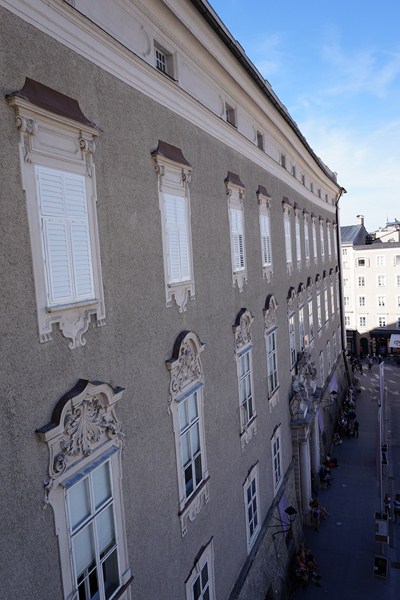
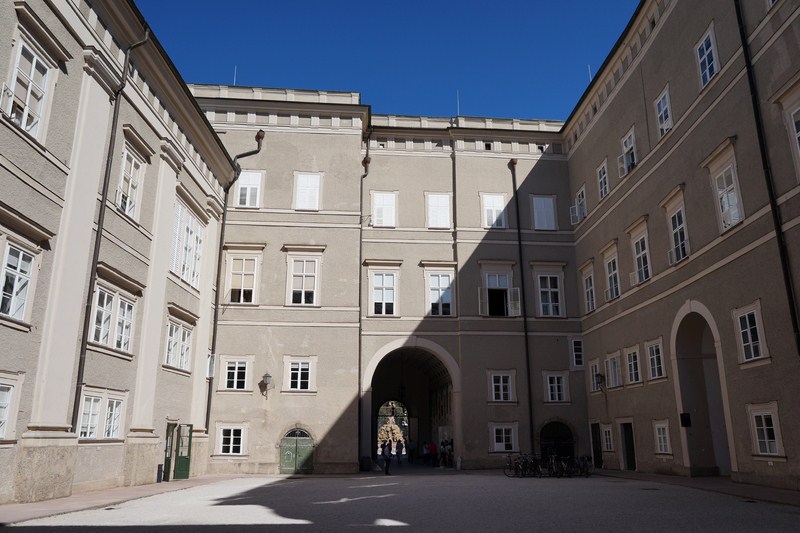
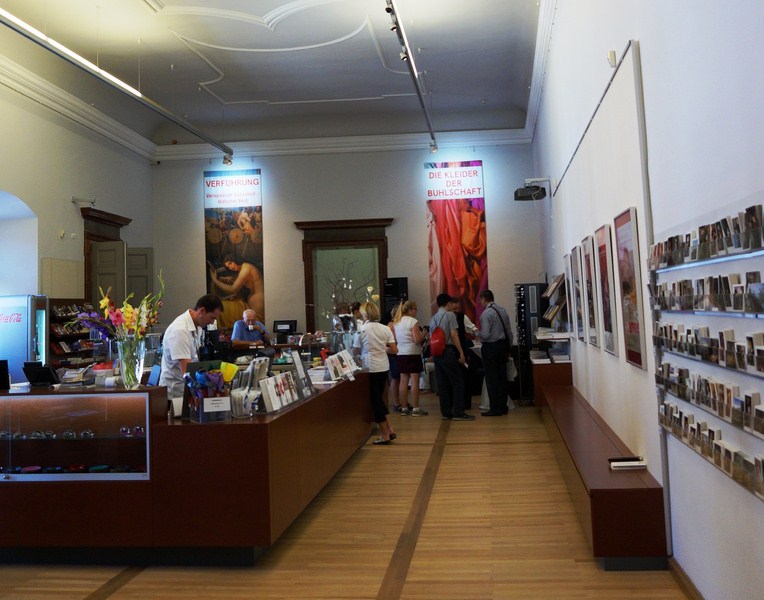
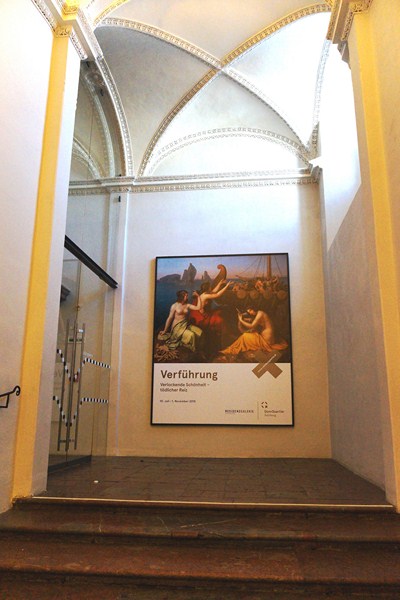
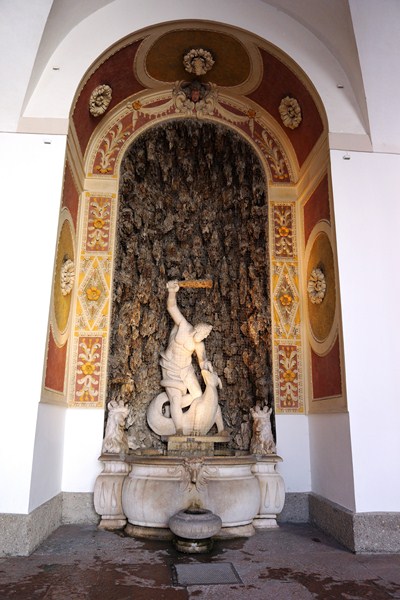
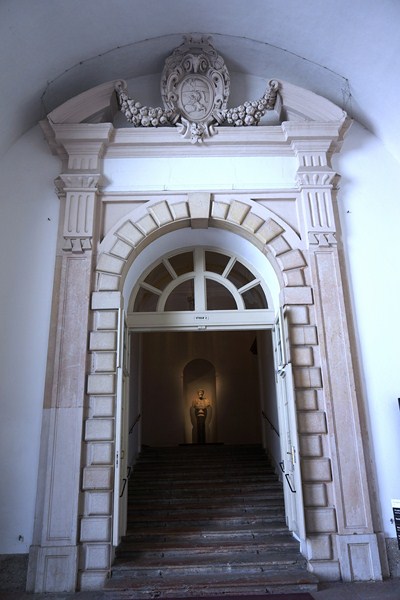
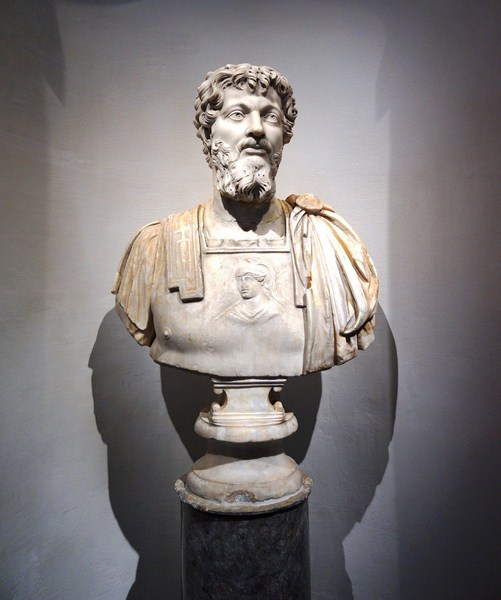
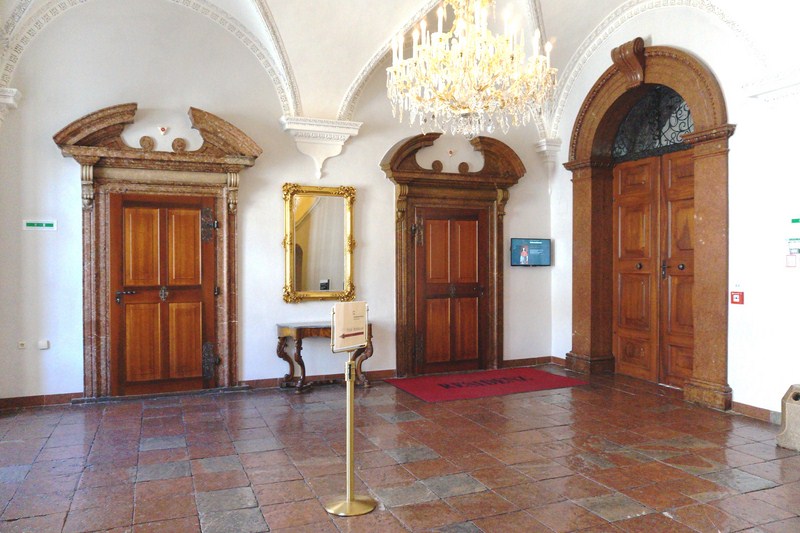

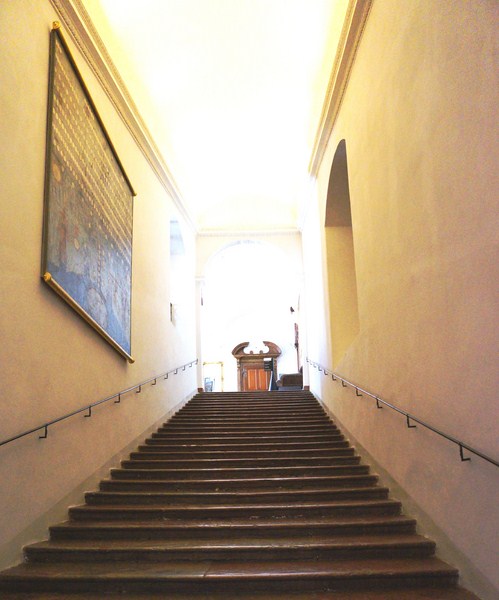

Pingback: Residenzplatz (Salzburg, Austria) – B.L.A.S.T. – Live Life to the Fullest ……… Don't Stay Put